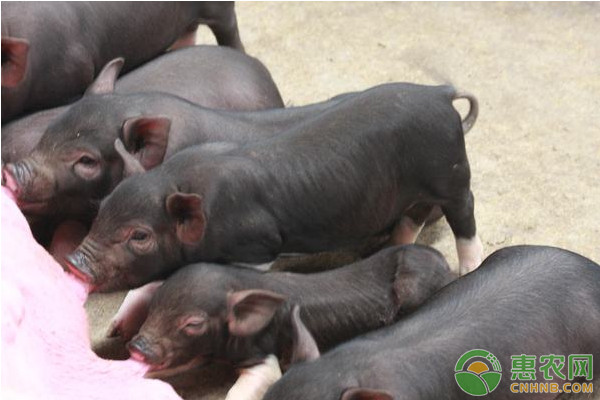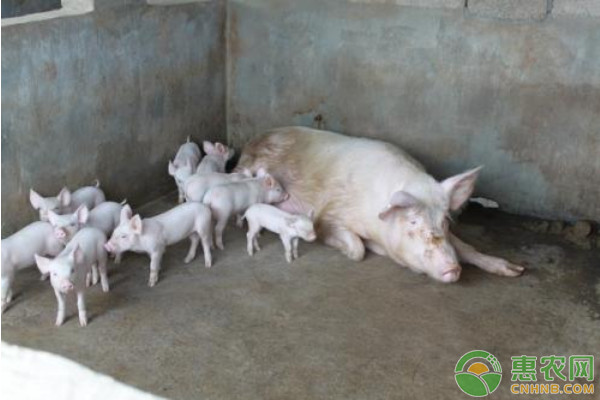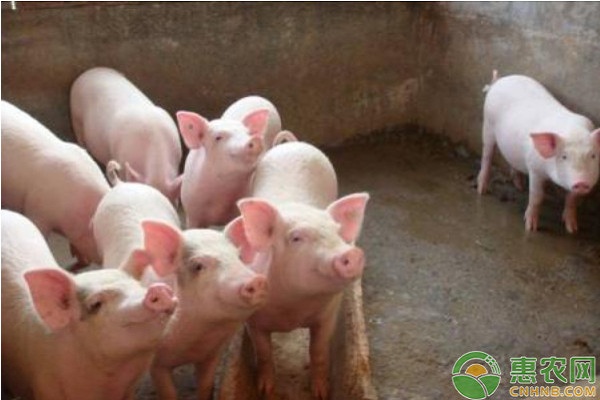Spring is a high-risk stage of pig farm disease. In order to build pig farm disease, farmers should improve the prevention and control level of swine disease and strengthen the construction and management of pig farms. Let's take a look at the key measures for prevention and control of swine disease in spring. First, the common disease of pigs in spring Spring is a high incidence of various animal diseases. Because the spring temperature is gradually warming up and the air humidity is high, it is easy to induce various diseases. The common diseases of the pig industry in the spring are as follows: Piglet Pork chop is one of the most common diseases in the pig industry, with high contagiousness and spring is a high season. Hog Cholera is caused by swine fever virus, and there are two main types, one is acute swine fever and the other is atypical swine fever. The condition of acute swine fever is very sudden, highly contagious, and the characteristics of the disease are very obvious. Although the condition of acute swine fever is serious and contagious, the disease is easily detected and can be prevented and controlled in time to prevent the disease from expanding. The incidence of atypical swine fever is mild, the incidence of the disease is relatively slow, and the characteristics of the disease are not obvious, and it is not easy to be found, so it is easy to hide, leading to aggravation of the disease. 2. Foot and mouth disease Foot-and-mouth disease is also a disease that is high in the spring and can occur in many animal breeding processes. At present, there are five types of foot-and-mouth disease in China, which is a highly contagious disease caused by foot-and-mouth disease virus. The infection rate is fast and the mortality rate is high. Foot-and-mouth disease generally occurs in piglets and spreads rapidly. Once a foot-and-mouth disease occurs in a large-scale farm, it is easy to cause the disease to spread and is difficult to control. Foot-and-mouth disease is relatively less harmful to adult pigs. 3. Colibacillosis Digestive tract disease is another common disease in spring pigs, mainly E. coli. The disease is also a highly contagious disease caused by E. coli infection, mainly in piglets. The resistance of spring piglets is poor, and the irregular behavior during feeding, such as the unclean environment and poor food quality, may lead to infection of E. coli in pigs, which may cause symptoms such as diarrhea and vomiting. Second, spring pig disease prevention and control measures Timely treatment When there is a disease in a pig farm, it is necessary to treat it in time to prevent the spread and spread of the disease and cause a larger-scale harm. Once an abnormal situation occurs in the herd, the farmers must first take corresponding emergency measures to control the disease, and must report it to the relevant departments immediately. The veterinarians should promptly rush to the farm for diagnosis, determine the disease, and treat the disease. The degree of onset and the cause of the disease were analyzed to take corrective measures for treatment. In the treatment, the sick pigs should first be isolated to prevent the sick pigs from harming other healthy pigs. In the diagnosis of the disease, combined with clinical diagnosis and laboratory analysis, the disease should be clarified, and then the corresponding drugs should be used for treatment to improve the level of disease prevention and treatment. Continuous treatment should be carried out during the treatment, and the sick pigs should be observed during the treatment to ensure that the sick pigs are healed before they can be properly reared, and the sick pigs that are not effective in the treatment process should be eliminated. At the same time, the pig houses where sick pigs are found should be disinfected to prevent viruses, bacteria and the like from spreading through the air, posing a hazard to healthy pigs. 2. Do immunization Immunization is an important way to prevent and control diseases. In the process of feeding, it is necessary to strengthen the prevention of various common diseases, do a good job of immunization in time, and control some common infectious diseases. At present, the most commonly used immunization method in the pig breeding process is a combination of antibiotics and anti-inflammatory drugs, and it can also be inoculated by a combination of anti-inflammatory drugs, sensitive antibiotics, vitamins, and immunopotentiating drugs. Different vaccines should be used for different diseases. Vaccination should be based on the actual situation of the herd and the farm. It should not be missed, and the vaccine should be comprehensive. Generally, the time for inoculation is 40-50 days old. At this time, the maternal antibody of the piglet basically disappears, and the effect on the vaccination is less affected. In addition, during the inoculation process, the immunization period of the vaccine is generally about 6 months. Therefore, the immunization program should be designed according to the immunization effect of the vaccine, and the appropriate time and appropriate vaccine should be selected for immunization to improve the immunity of the animal. It is not easy to develop in spring. 3. Strengthen farming management The management level in the breeding process is an important factor affecting the incidence of swine disease. Spring is a season of high incidence of various diseases. In the process of raising pigs, it is necessary to pay attention to daily management and reduce diseases. (1) Strengthen the cleaning and disinfection management of pig houses The pig house is not clean, and it is easy to breed various germs, thus affecting the growth of the pigs. Therefore, the pig house should be disinfected regularly during the breeding process to keep the pig house environment clean and reduce the contamination rate of pathogenic microorganisms in the pig house. At the same time, due to the high infection rate of various diseases, such as swine fever, it is a highly contagious and highly pathogenic disease. Excessive breeding density can also lead to aggravation of the disease. Therefore, the breeding density needs to be carried out during the breeding process. Control, the pigs should not be too dense; and the ventilation and deworming work should be done in the pig house; the temperature and humidity should be controlled, and the excessive humidity is not conducive to the growth of the finishing pigs, because the humid environment is conducive to the growth of the bacteria. It is easy to cause a variety of diseases. (2) Strengthen the control of pig food Food is the basis for ensuring adequate nutrients in the herd. Because of the high energy requirements during pig growth, enhanced food control can also increase the immunity of the herd and reduce the disease. Feeds such as cornmeal, millet, wheat bran, bean cake, and premix can be selected to ensure that the nutritional needs of the herd are met. To control the quality of food, we must not feed moldy and spoiled foods to prevent diseases of the digestive tract and reduce the resistance of the herd, thus inducing more diseases. The above is the prevention and control measures for the spring blight of pig farms. I hope to help the pig farmers in need. The source of the content is reproduced from the headline number Jishan Huayao. Friends who like it can pay attention! Propionates Powder,Calcium Propionate Fungicide,Calcium Propionate,Propanoic Acid Calcium Salt Wuxi Yangshan Biochemical Co.,Ltd. , https://www.yangshanchem.com

